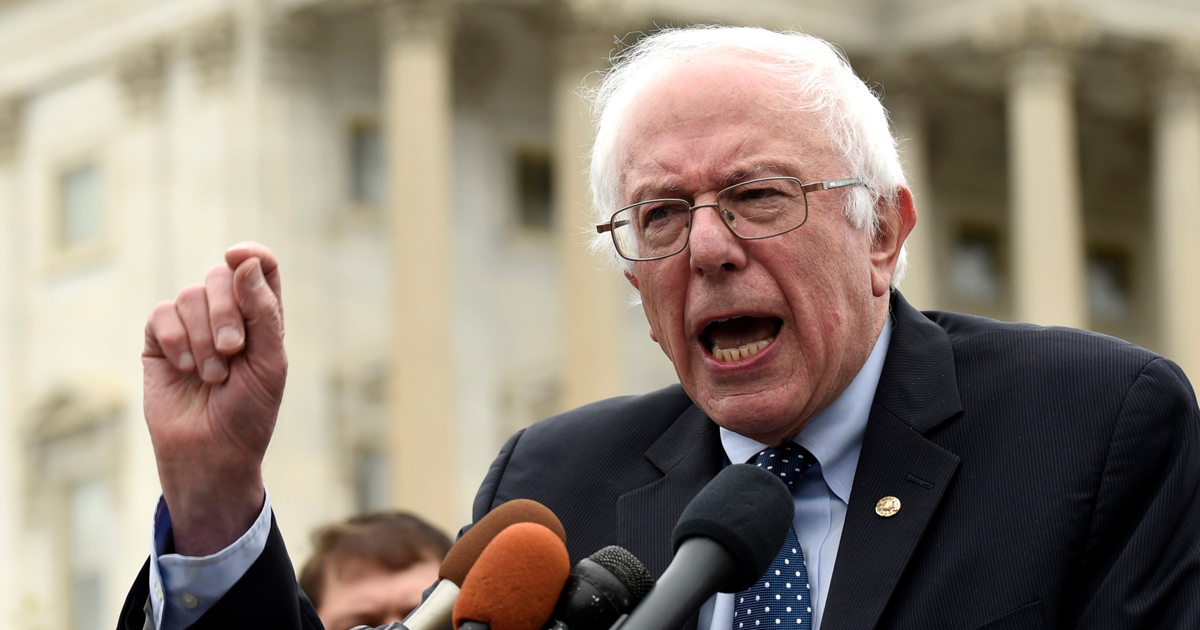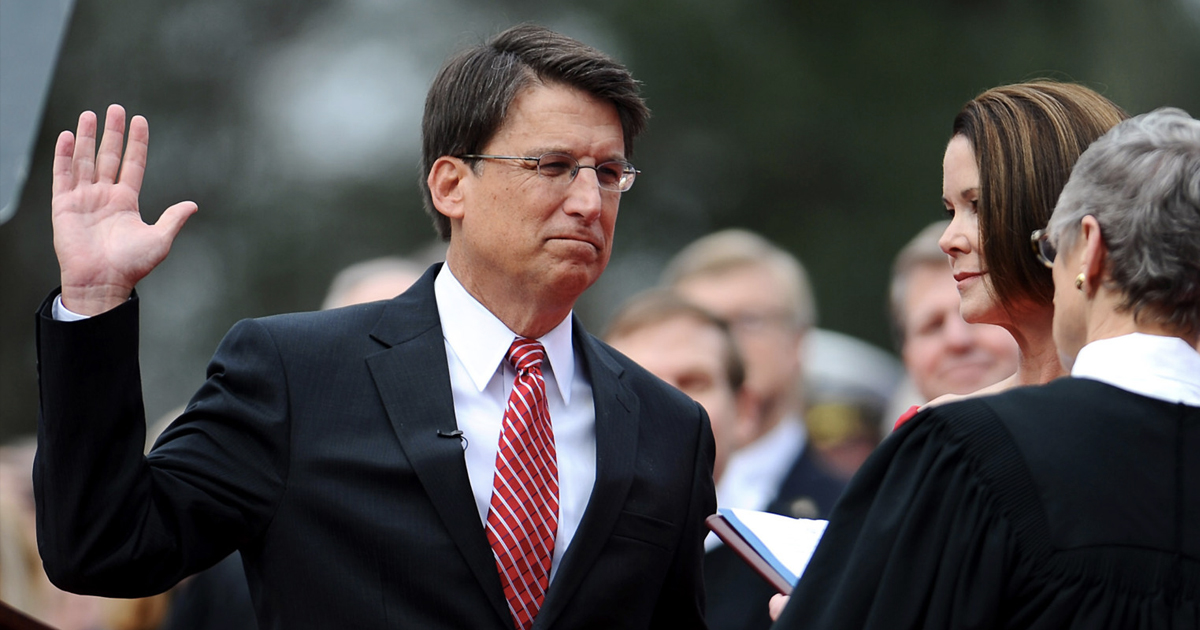Presidential candidate Bernie Sanders has drawn some criticism over his “revolutionary” tax plan, by which his Administration would fund programs including universal health care, tuition-free college, major infrastructure repair projects, and more. The main criticism is that it has been short on details. Well, to quote the Bard of Avon, “Wonder on, ’til truth makes all things clear.” Those details have been presented, and they’re not nearly as “revolutionary” as the corporate media and professional economists would have you believe. In fact, such taxes have been in place before – and they worked very well.
Not surprisingly, Sanders’ plan would lay the heaviest tax burden on the very rich – those who make $2 million a year and more. The centerpiece of his plan involves raising the top marginal tax rate from its current 39.6% and creating four new income tax brackets for those making more than $500,000 a year. Annual incomes of $10 million and more would be taxed at 52%. Add to that a new “income-based” health care premium of 2.2% across the board (meaning that it would apply to all taxpayers), and that top marginal tax rate comes out to 54.2%. (It’s worth noting that the cost of the healthcare premium to taxpayers would be more than offset by the savings we would all enjoy by not having to deal with private insurers and for-profit corporate health care institutions – but that’s another topic.)
Despite the sounding of alarms from professional economists and the right-wing corporate media, as well as the weeping and wailing and gnashing of teeth among the oligarchy, this proposed tax rate is hardly burdensome, nor is it even “revolutionary.” During the Republican Administration of President Dwight D. Eisenhower (1953-1961), the top marginal tax rate was 91% on individuals making over $200,000 and couples making $400,000 a year. That tax revenue helped to build the Interstate Highway System as well as the Great American Middle Class – and eventually, even sent humans into space and landed them on the Moon. Eisenhower’s successor, President Kennedy, lowered that top tax rate to 65% – while eliminating many loopholes.
And guess what? There were still rich people who did very well.
This is only part of the Sanders tax plan, of course. Under that plan, capital gains and dividend income, currently subject to special rates (15% for the former and up to 20% on the latter), would be treated as ordinary income and taxed at the same rate. Then, there is the proposal that has Wall Street and the oligarchs tearing their hair out: the terrible, horrible, no good, very bad – wait for it – financial transaction tax!
Oh, the horror of it. High-frequency traders, who engage in what amounts to casino gambling in high-speed, largely computer-generated transactions would be expected to contribute .05 percent (that’s one-half of one percent, people) of their gains to the U.S. Treasury. And why not? These transactions literally create billions of dollars from thin air. Yet, as Len Burman of the Tax Policy Institute points out, “[they] do nothing of any social value for the economy,” nor produce anything of real, tangible value for the rest of us.
It’s not a new concept. In fact, the U.S. tax code actually contained such a provision until fifty years ago. Famed economist John Maynard Keynes and others have proposed such a tax. Most countries in the world impose financial transaction taxes on their residents, and the European Union is expected to institute its own version come 2017.
There’s another reason why a financial transaction tax is a good thing for the rest of us: it would discourage high-speed trading, which not only gives an unfair edge to big financial institutions, it also creates instability in the markets.
These are the main highlights of the Bernie Sanders tax proposal – and contrary to conservative pundits’ rantings and ravings, they’re not all that “revolutionary.” In a global context, they’re not even all that unusual. A bit left-of-center, possibly, but no more than they would be in any other Democracy on the planet.
It’s time for America to join the rest of the world – and Bernie Sanders has a practical and workable plan for helping us do just that.



